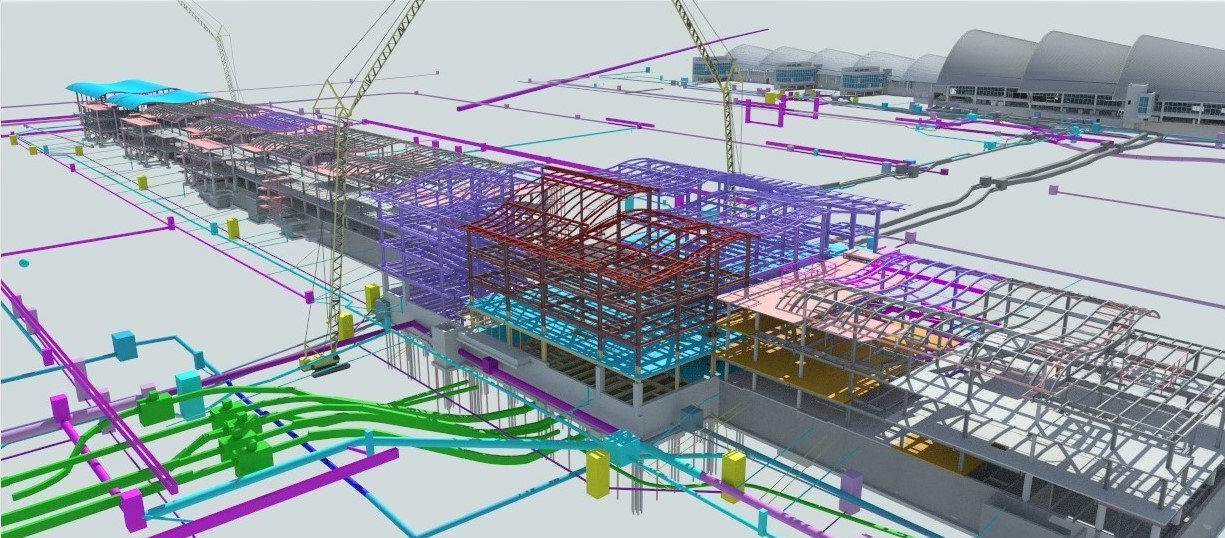There are several factors that contribute to why the adoption of 4D scheduling has been a challenge for our industry:
🔺⏱️TIME/EFFICIENCY – Ironically, right now it takes a project team more time to manage a schedule in 4D than it does in traditional 2D platforms.
🔺TEAM STRUCTURE – Because we are adding the model to the process, we immediately introduce a new skillset required to help with the initial setup of the 4D schedule. Most project teams will need the help of a VDC specialist to assist with the initial setup and ongoing updates to the 4D schedule.
🔺TRADITIONAL SCHEDULE UPDATES – Changes happen on every project. Even weather impacts can mean re-working the schedule. Though the relationships that are established in the technology upfront should translate through when dates change, the reality is the solutions the team comes up with typically involve re-working those relationships and sequence of activities to gain back the time. Oftentimes, our challenge with keeping a 4D schedule current has nothing to do with 4D at all, but rather with our approach toward traditional scheduling.
🔺PULL PLAN SCHEDULES – It can be challenging to integrate the pull plan efficiently with a 4D model. Currently, many of the traditional scheduling platforms that integrate with our 4D schedules don’t account for pull planning, and the software that does integrate with pull planning, isn’t integrated with our 4D platforms. Further, often, pull plans are physically maintained on the wall. Therefore, maintaining a 4D model on a project with pull planning can be challenging and potentially create duplicate work, which isn’t lean.
🔺LEVEL OF DETAIL – Once 4D is introduced to a project and the owner sees the model come to life, often they want more information to be shown graphically. That may require more detail (line items) in the schedule than we originally intended. Finding the right balance between what different parties need to see in the schedule is often the challenge when getting started.
May 1, 2025
3:12 pm
Amr Ragab
Posted in 4D BIM, BIM, Technology


